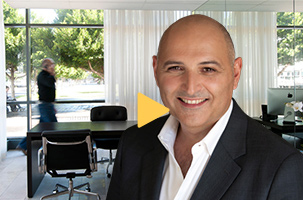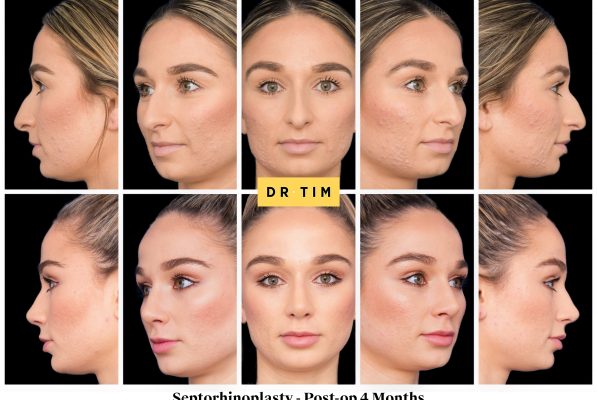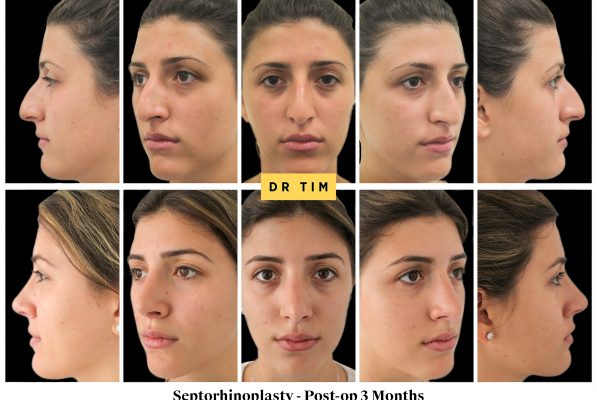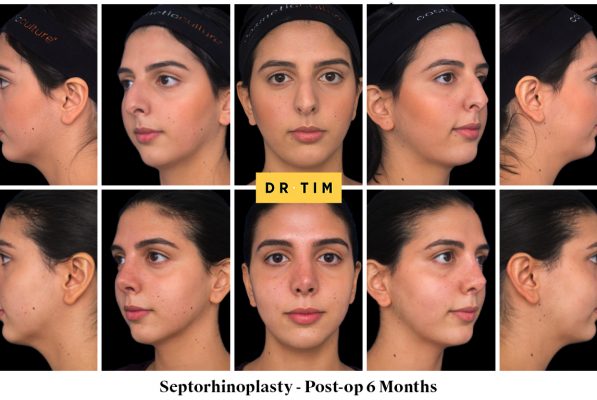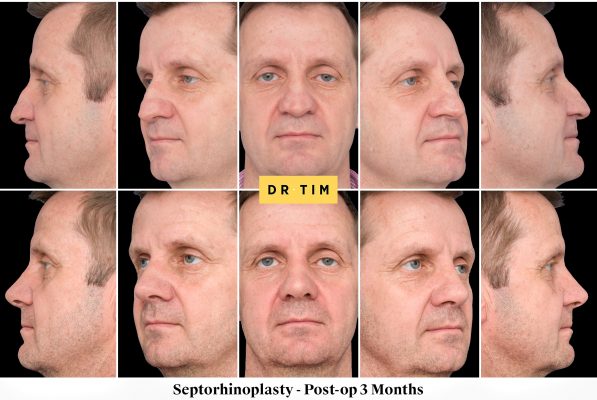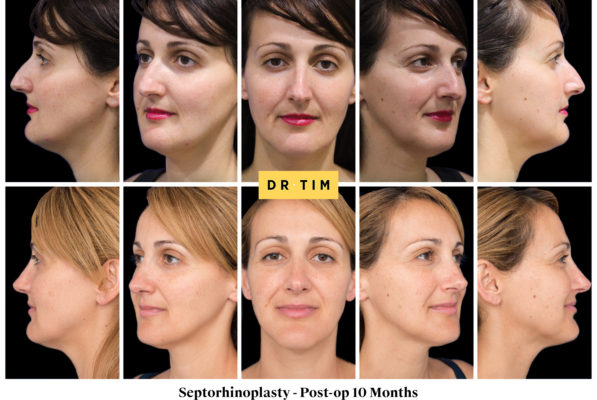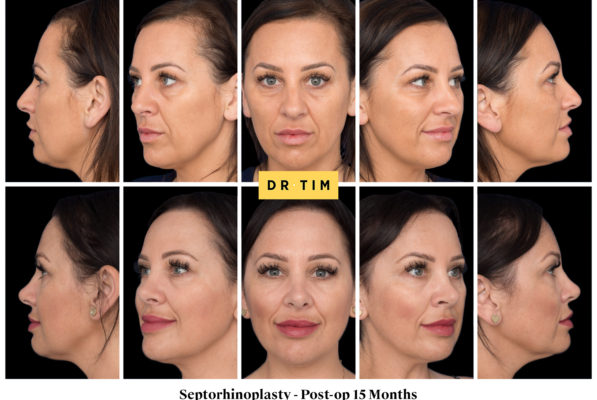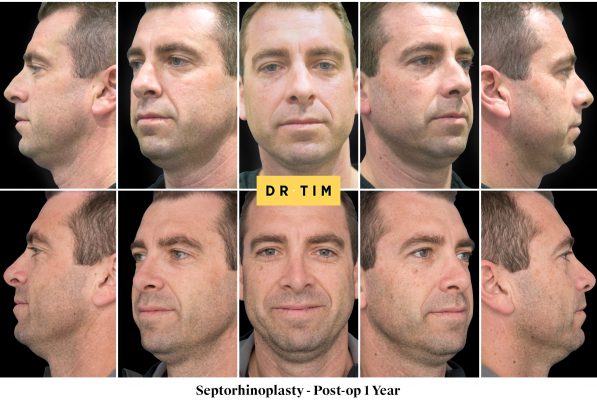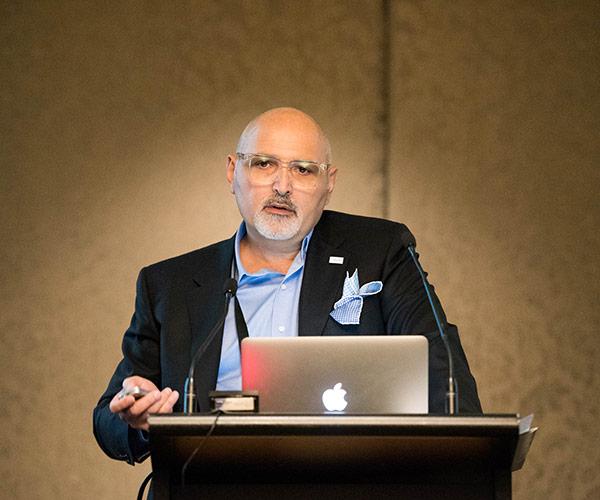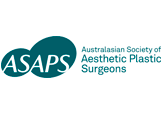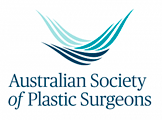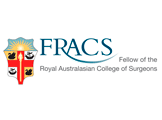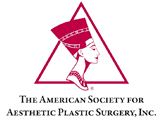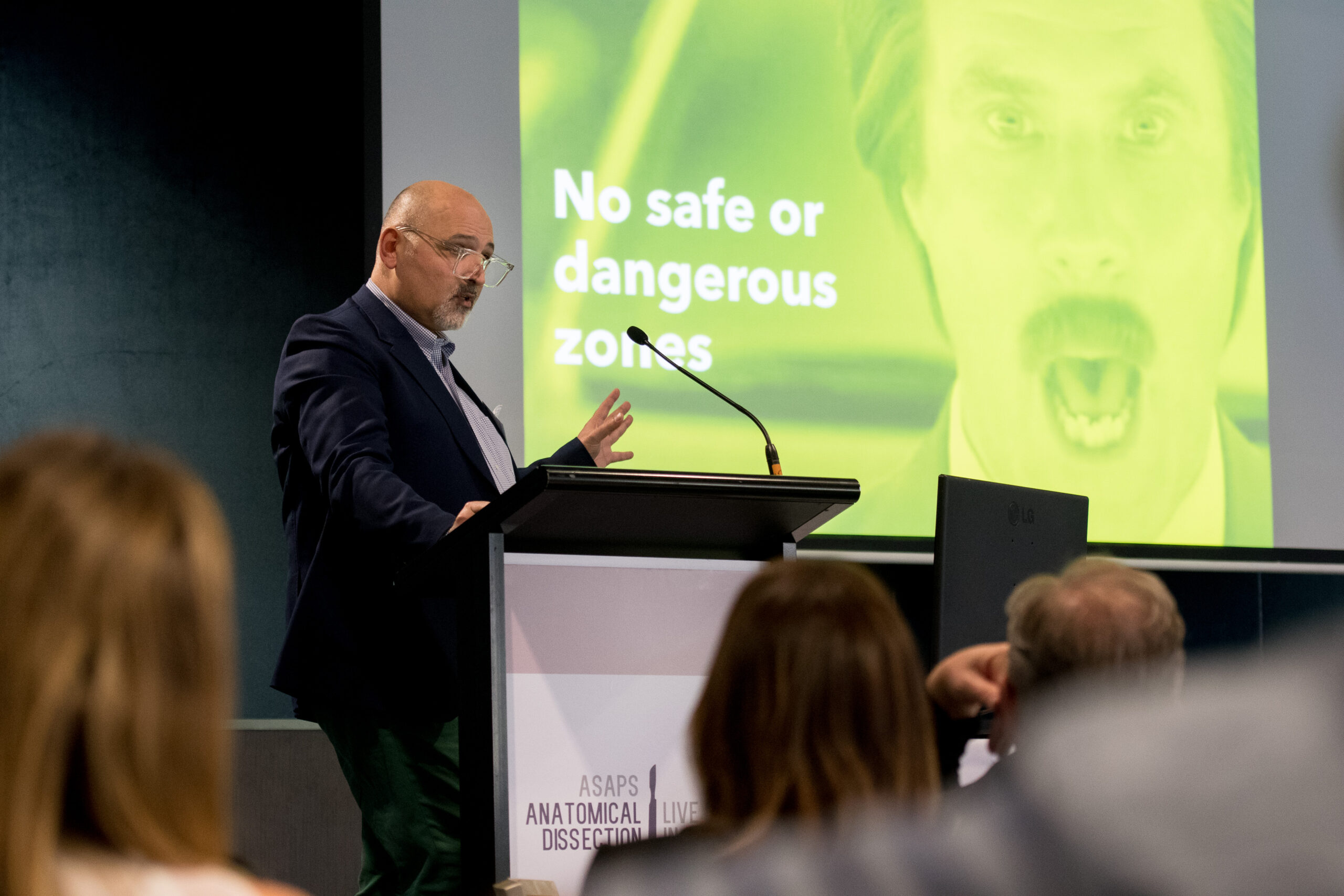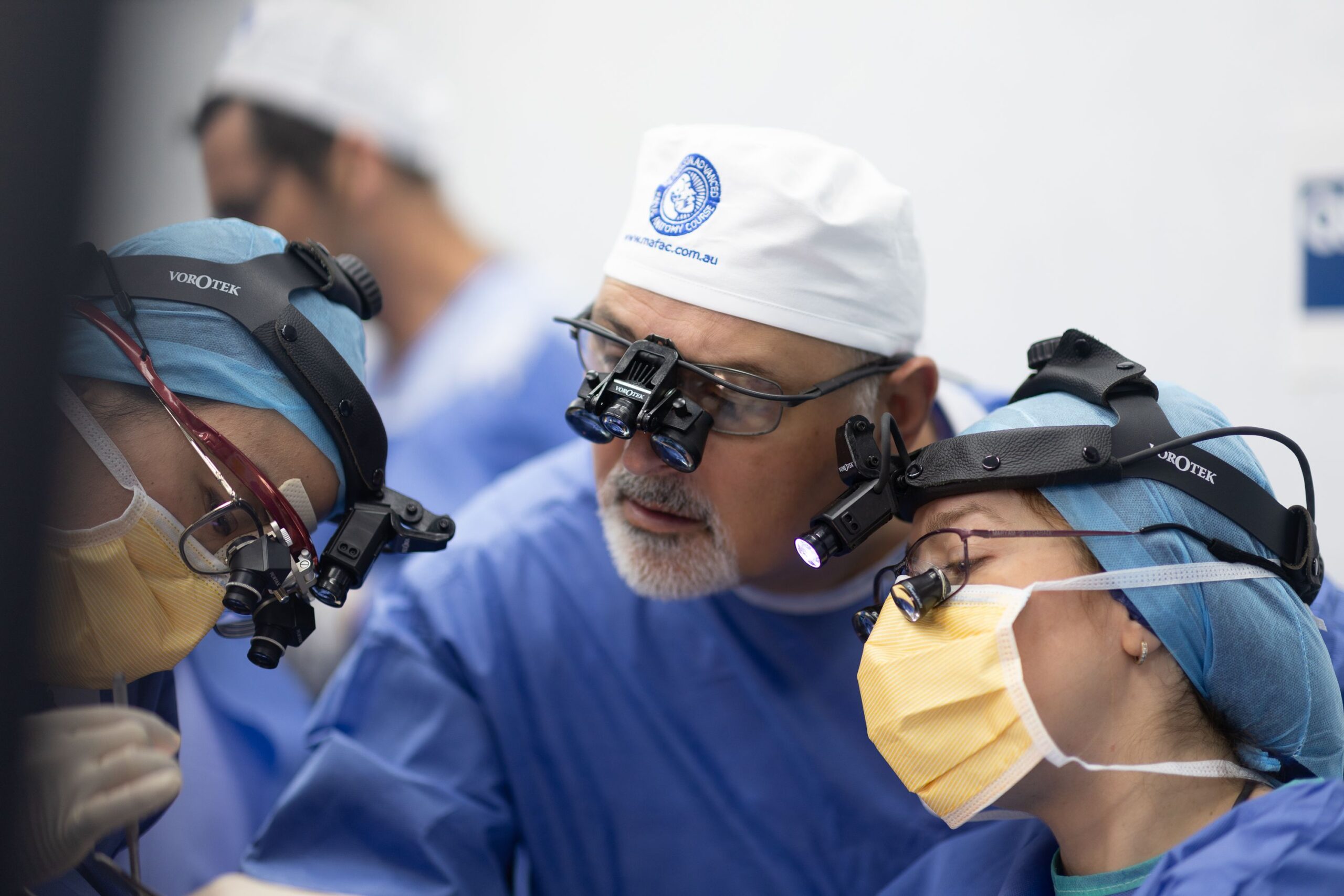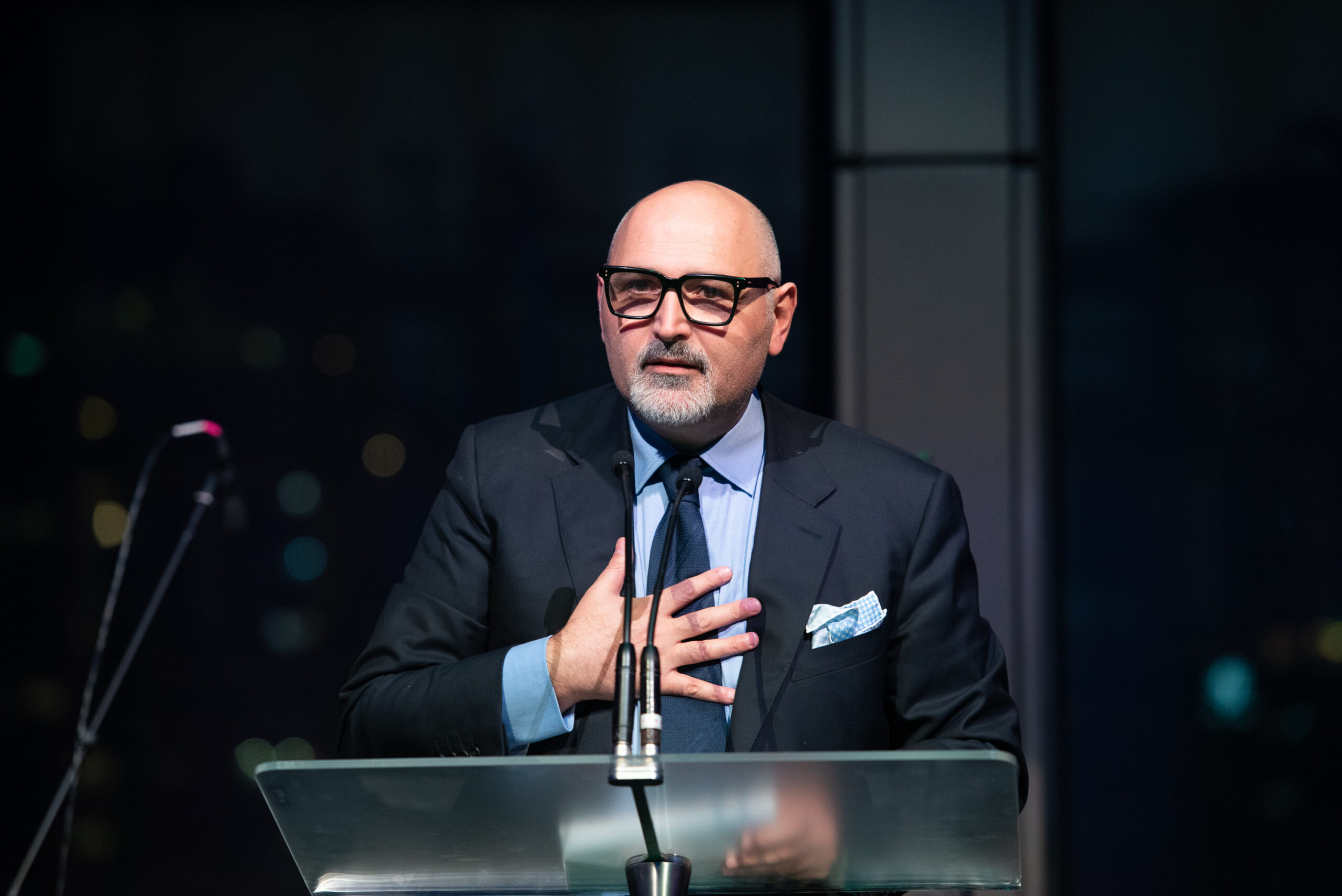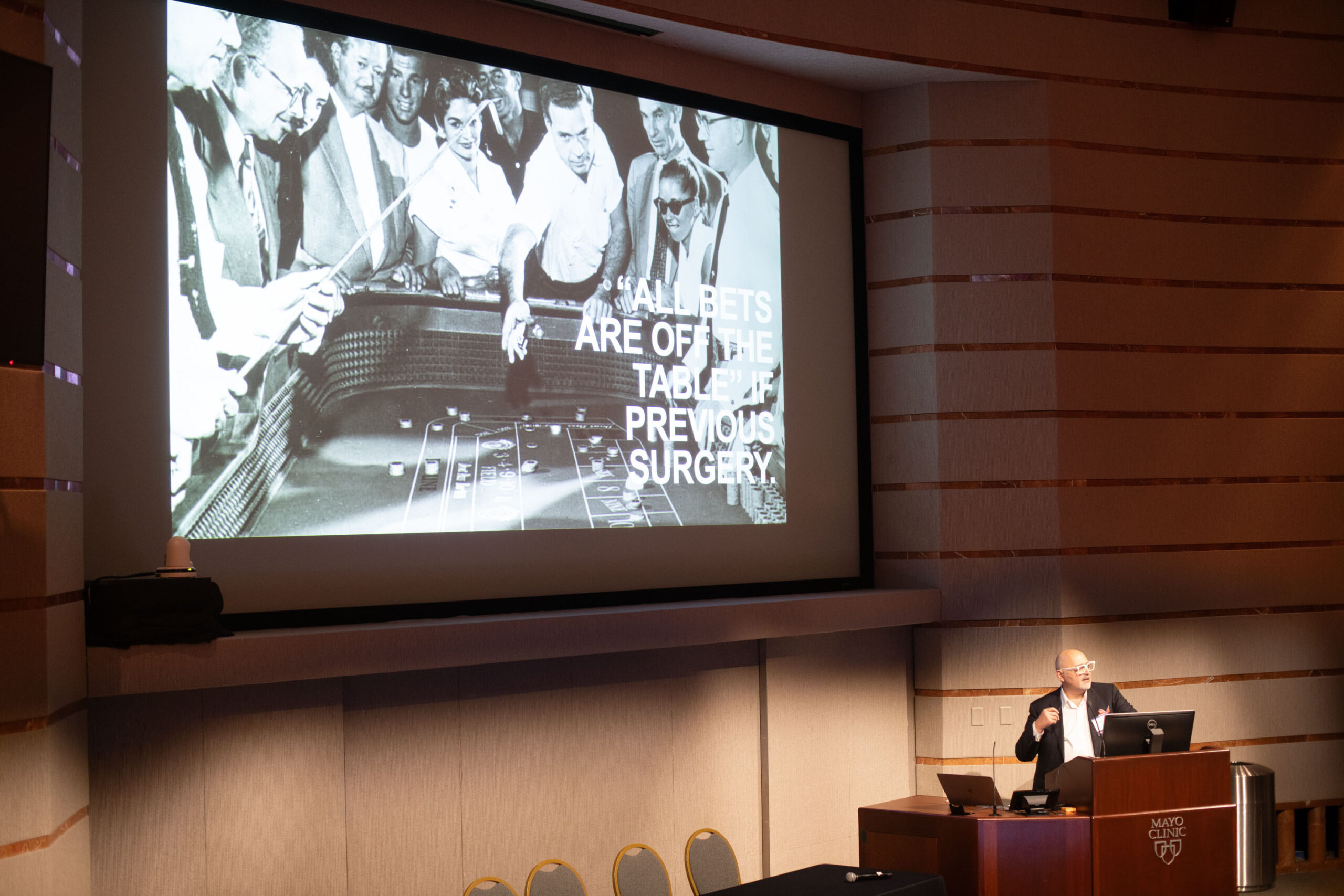Rhinoplasty in Sydney
Technical Explanation of the Procedure
Rhinoplasty, commonly referred to as a “nose job,” is a surgical procedure designed to enhance the shape, size, or function of the nose. It can address aesthetic concerns such as a crooked or disproportionate nose or functional issues like breathing difficulties caused by structural abnormalities.
There are two main surgical techniques for rhinoplasty:
- Open Rhinoplasty: An incision is made across the columella (the tissue between the nostrils), allowing greater visibility and precision for more complex reshaping.
- Closed Rhinoplasty: All incisions are made inside the nostrils, resulting in no visible scarring and a shorter recovery time.
The procedure can address the following:
- Refining the nasal tip.
- Removing a dorsal hump.
- Straightening a crooked nose.
- Adjusting the size or projection of the nose.
- Correcting structural abnormalities, such as a deviated septum, to improve breathing.
Dr. Tim uses advanced techniques to ensure natural-looking, harmonious results tailored to each patient’s unique facial features and goals.
Quick Facts
- Procedure Duration: 2–4 hours.
- Anaesthesia: General anaesthesia or sedation.
- Hospital Stay: Day surgery or overnight stay.
- Results: Visible improvements within weeks; final results take up to 12 months as swelling resolves.
- Longevity: Permanent, though natural ageing may affect appearance over time.
- Best Candidates: Healthy individuals seeking aesthetic or functional improvements to the nose.
What to Expect
Before Surgery:
During your consultation, Dr. Tim will assess your facial features, discuss your goals, and develop a personalised surgical plan. Advanced 3D imaging may be used to provide a visual representation of potential outcomes.
During Surgery:
Rhinoplasty is performed in a fully accredited surgical facility. Depending on the technique, small incisions are made to access and reshape the bone, cartilage, and soft tissues of the nose. Care is taken to ensure symmetry, balance, and optimal function.
After Surgery:
You may experience swelling, bruising around the eyes, and mild discomfort, which are normal and subside over the weeks following surgery. During the initial healing phase, a splint is typically applied to protect the nose.
Risks
While rhinoplasty is generally safe, potential risks include:
- Swelling and bruising.
- Temporary or permanent numbness in the nasal area.
- Infection.
- Breathing difficulties (rare).
- Scarring (typically minimal, especially with closed rhinoplasty).
- Asymmetry or the need for revision surgery.
Recovery Tips
- Follow Post-Operative Instructions: Dr. Tim and his team will provide detailed aftercare guidelines to optimise healing.
- Keep Your Head Elevated: Sleeping with your head elevated reduces swelling and promotes proper healing.
- Avoid Strenuous Activities: Refrain from exercise or heavy lifting for at least 4–6 weeks.
- Protect Your Nose: Avoid bumping or applying pressure to your nose during the healing phase.
- Avoid Wearing Glasses: Use contact lenses temporarily or consult Dr. Tim for advice on special support for glasses.
- Stay Hydrated and Nourished: Proper hydration and a nutrient-rich diet can support faster recovery.
This content is suitable for an 18+/adult audience only
These photos are of consented patients of this clinic/medical practitioner and have not been altered or digitally enhanced.
Outcomes shown are only relevant for this patient and do not necessarily reflect the results other patients may experience, as results may vary due to many factors including the individual’s genetics, diet and exercise.
Click on the images below to enlarge
